Yongtian Wang
Combining deep learning and crowdsourcing geo-images to predict housing quality in rural China
Aug 15, 2022
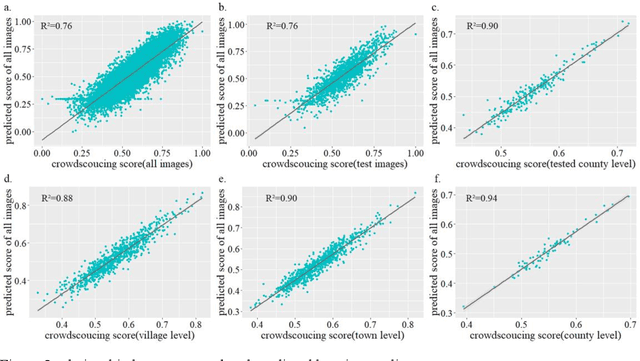

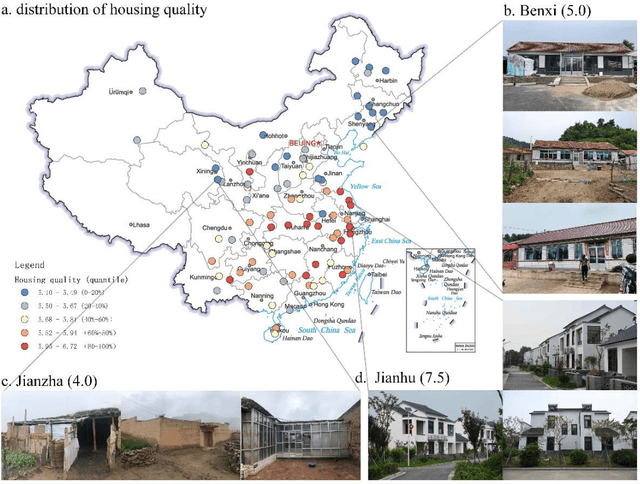
Abstract:Housing quality is an essential proxy for regional wealth, security and health. Understanding the distribution of housing quality is crucial for unveiling rural development status and providing political proposals. However,present rural house quality data highly depends on a top-down, time-consuming survey at the national or provincial level but fails to unpack the housing quality at the village level. To fill the gap between accurately depicting rural housing quality conditions and deficient data,we collect massive rural images and invite users to assess their housing quality at scale. Furthermore, a deep learning framework is proposed to automatically and efficiently predict housing quality based on crowd-sourcing rural images.
Deep Surface Normal Estimation with Hierarchical RGB-D Fusion
Apr 06, 2019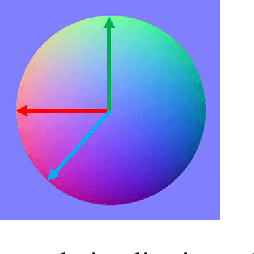
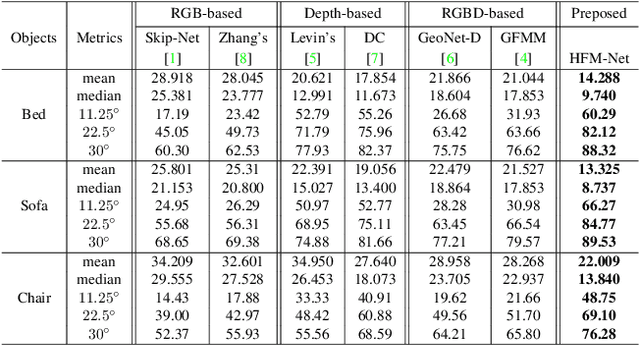
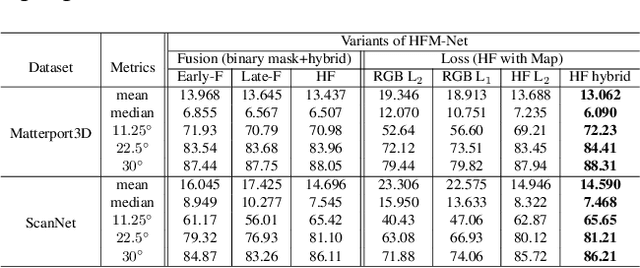
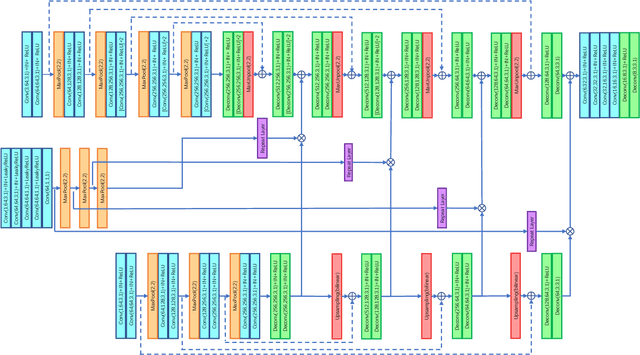
Abstract:The growing availability of commodity RGB-D cameras has boosted the applications in the field of scene understanding. However, as a fundamental scene understanding task, surface normal estimation from RGB-D data lacks thorough investigation. In this paper, a hierarchical fusion network with adaptive feature re-weighting is proposed for surface normal estimation from a single RGB-D image. Specifically, the features from color image and depth are successively integrated at multiple scales to ensure global surface smoothness while preserving visually salient details. Meanwhile, the depth features are re-weighted with a confidence map estimated from depth before merging into the color branch to avoid artifacts caused by input depth corruption. Additionally, a hybrid multi-scale loss function is designed to learn accurate normal estimation given noisy ground-truth dataset. Extensive experimental results validate the effectiveness of the fusion strategy and the loss design, outperforming state-of-the-art normal estimation schemes.
Exploring Stereovision-Based 3-D Scene Reconstruction for Augmented Reality
Feb 17, 2019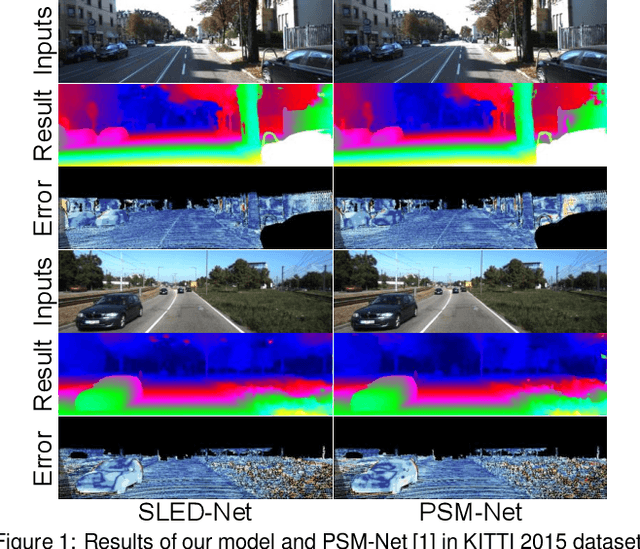


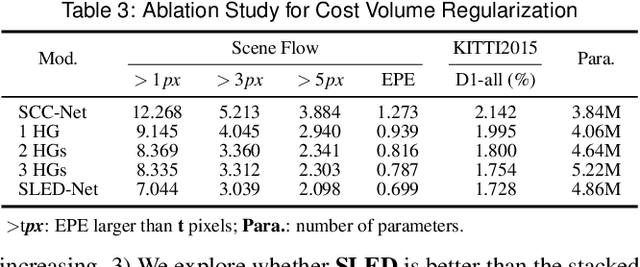
Abstract:Three-dimensional (3-D) scene reconstruction is one of the key techniques in Augmented Reality (AR), which is related to the integration of image processing and display systems of complex information. Stereo matching is a computer vision based approach for 3-D scene reconstruction. In this paper, we explore an improved stereo matching network, SLED-Net, in which a Single Long Encoder-Decoder is proposed to replace the stacked hourglass network in PSM-Net for better contextual information learning. We compare SLED-Net to state-of-the-art methods recently published, and demonstrate its superior performance on Scene Flow and KITTI2015 test sets.
Greedy Graph Searching for Vascular Tracking in Angiographic Image Sequences
May 25, 2018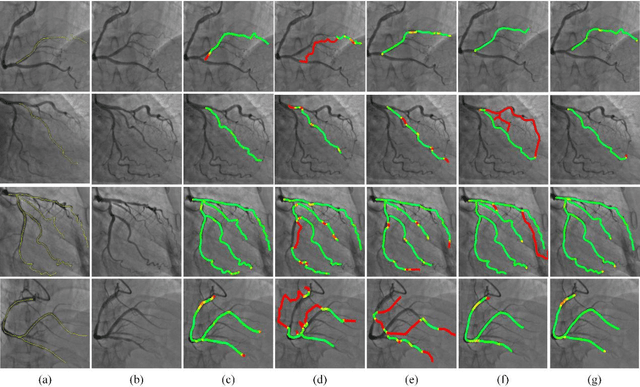
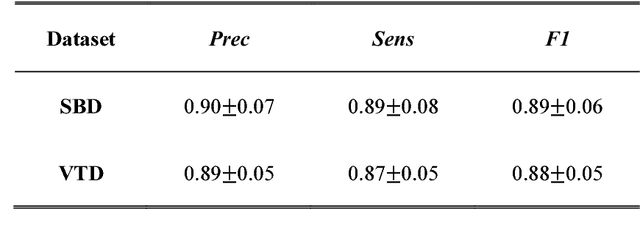

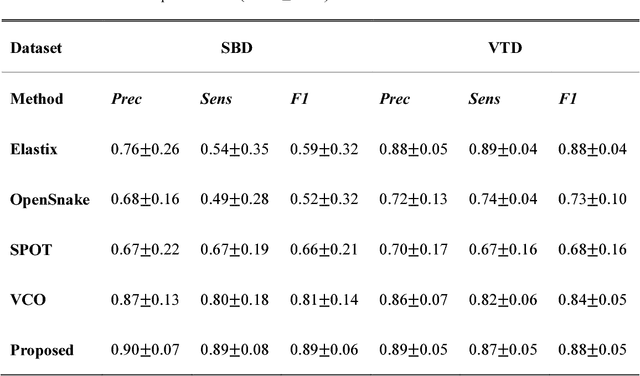
Abstract:Vascular tracking of angiographic image sequences is one of the most clinically important tasks in the diagnostic assessment and interventional guidance of cardiac disease. However, this task can be challenging to accomplish because of unsatisfactory angiography image quality and complex vascular structures. Thus, this study proposed a new greedy graph search-based method for vascular tracking. Each vascular branch is separated from the vasculature and is tracked independently. Then, all branches are combined using topology optimization, thereby resulting in complete vasculature tracking. A gray-based image registration method was applied to determine the tracking range, and the deformation field between two consecutive frames was calculated. The vascular branch was described using a vascular centerline extraction method with multi-probability fusion-based topology optimization. We introduce an undirected acyclic graph establishment technique. A greedy search method was proposed to acquire all possible paths in the graph that might match the tracked vascular branch. The final tracking result was selected by branch matching using dynamic time warping with a DAISY descriptor. The solution to the problem reflected both the spatial and textural information between successive frames. Experimental results demonstrated that the proposed method was effective and robust for vascular tracking, attaining a F1 score of 0.89 on a single branch dataset and 0.88 on a vessel tree dataset. This approach provided a universal solution to address the problem of filamentary structure tracking.
 Add to Chrome
Add to Chrome Add to Firefox
Add to Firefox Add to Edge
Add to Edge